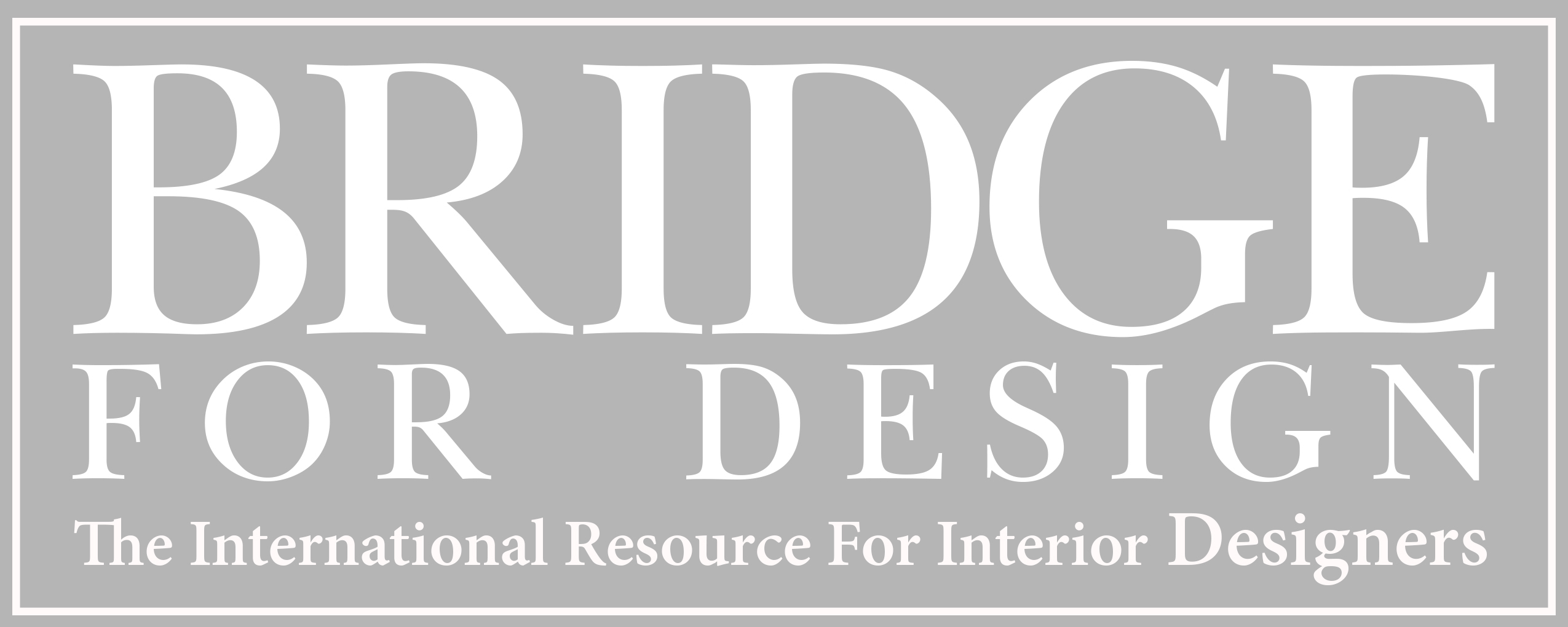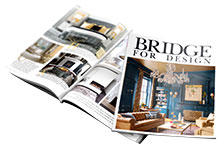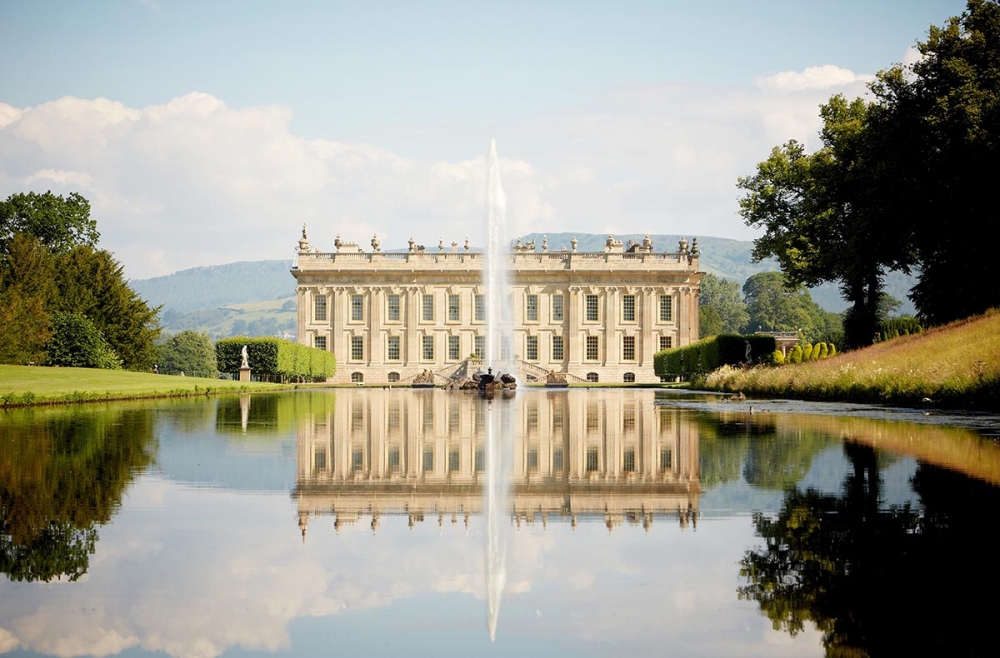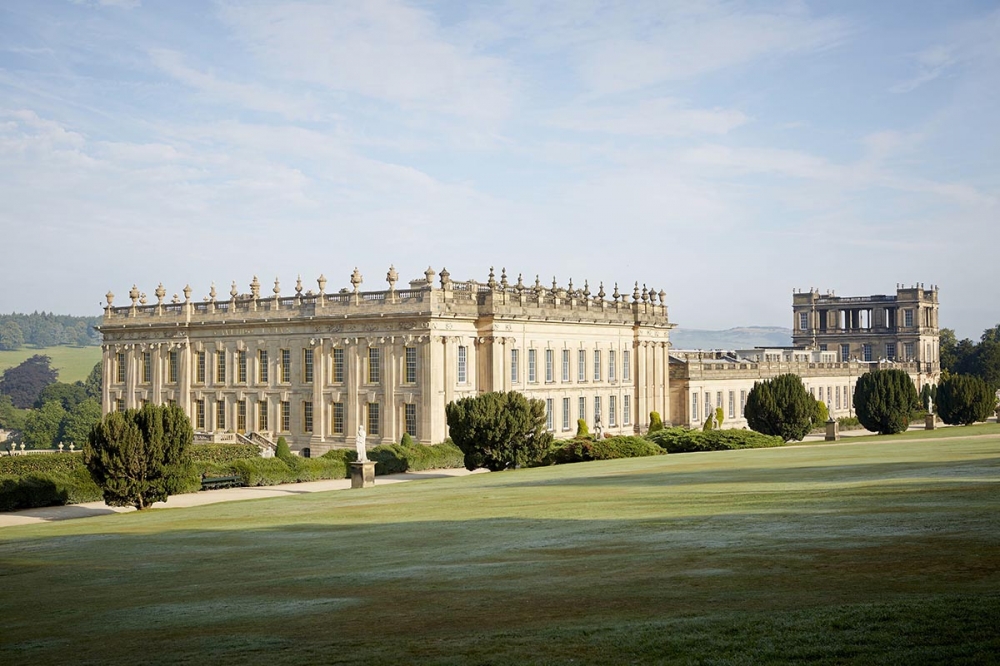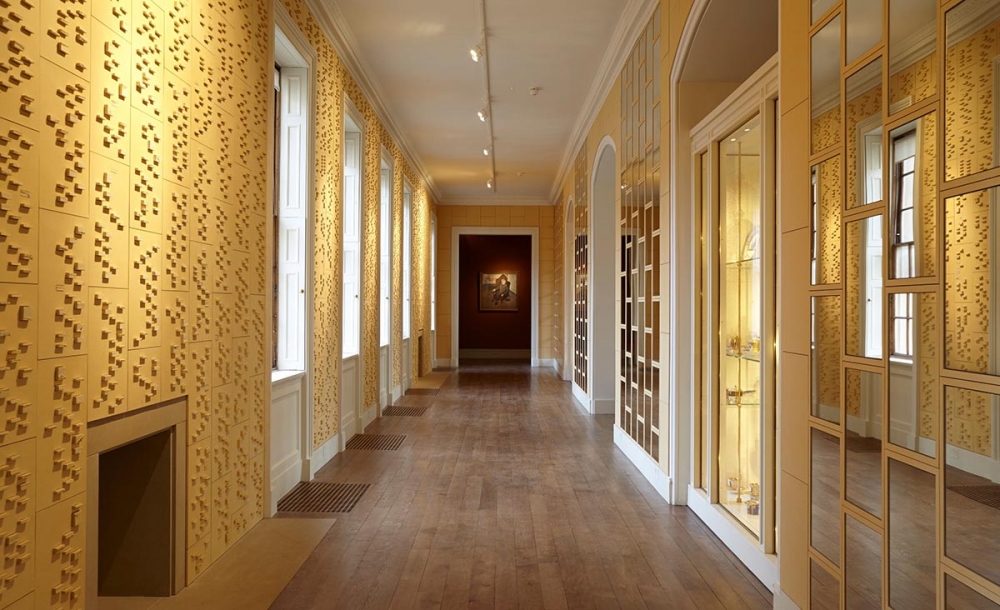Chatsworth House is an expression of contemporary taste - this seems an absurd statement for a house that was built between 1687 and 1707. Yet Chatsworth is the product of generations of contemporary collecting. It is not fixed in time, and furniture as well as ceramics, metalwork, paintings, textiles and sculpture by today’s artists, designers and makers, continue to be added to the Devonshire Collection by the family.
It came as a great surprise to work in a Baroque country house and find myself pulled towards contemporary art and design.
Maybe the clues were all around me: the mirrors in the State Apartment may date from 1705 but they were the product of the latest technology in glass manufacture.
In the 19th century, the 6th Duke purpose-built a gallery to house his contemporary sculpture collection, formed thanks to his admiration and friendship with Antonio Canova. What we consider traditional now was ground breaking in its day.
When the current Duke expressed an interest in contemporary furniture, it sparked a new interest for me. And as I began to discover the talented designers and makers working today, I became keen to bring them to Chatsworth for a very special exhibition.
The Duke and Duchess’s enthusiasm to acquire, commission and provide a platform for today’s generation of creatives, has seen Chatsworth show work by contemporary silversmiths on the Great Dining Room table, monolithographic prints of cagefighters by Emma McGuire and even commission an entire gallery clad in ceramic by Jacob van der Beugel.
The perception of Chatsworth as a stately home which belongs to the past and is therefore irrelevant to modern life is being further challenged by this year’s headline exhibition Make Yourself Comfortable at Chatsworth. Seats bought by the family such as Amanda Levete’s Drift and Kröller Müller chairs by Piet Hein Eek, will be joined by loans of contemporary seating from designers around the world.
The exhibition is not meant to be an overview of chair design. Instead we are using contemporary designs to reinterpret the historic space: each seat has been selected for its connection to an aspect of Chatsworth. The seats become a bridge between what was considered contemporary and exciting in the past with today’s vision of design that is boundary pushing or desirable.
The seats will not only reinterpret the historic space and Collection but also fundamentally change the visitors’ experience of the house. The expected passive visit will be supplanted by a participatory one.
The placement of some seats will enable specific rooms to be seen literally from a different perspective. Sit at the same dining table as Queen Victoria but on a chair designed by a recent graduate from Sheffield Hallam University; enjoy a close-up view of the famous trompe l’oeil violin door but from Moritz Waldemeyer’s modern throne, displayed in lieu of William IV’s coronation chair (part of a loan exhibition from Chatsworth to Nottingham Contemporary later in 2015).
The exhibition has also provided selected designers with an opportunity to progress their work with commissions for the Chatsworth House Trust.
For example, the significance of minerals inspired Counterpart, an opposing pair of benches by Tom Price. A major temporary commission for the Sculpture Gallery was awarded to Raw Edges. Endgrain sees the 19th-century space fitted with a wooden floor out of which stools and benches emerge, providing a one-to-one with old friends such as Canova’s Endymion.
Nothing keeps Chatsworth alive more than the infectious enthusiasm for the present shown by the 12th Duke and Duchess, as they say: “Commissioning a new coffee pot in ceramic or silver may take a little longer than merely bidding at auction for something which has been around for 200 years but once you start this habit, the pleasure and excitement of the process so far outweighs the lazy convenience of recycling other peoples’ taste that it is irresistible.”
